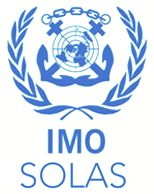|
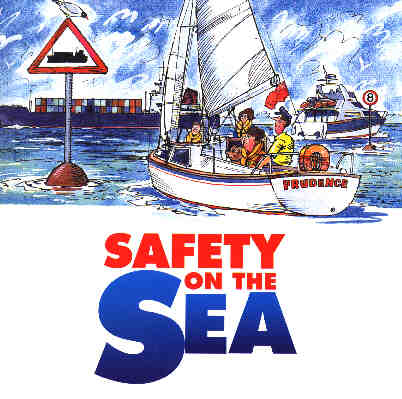
SOLAS
LATEST - 2012 May SOLAS amendments
The SOLAS amendments which entered into force on 1 January 2014 include the following:
- amendment to SOLAS regulation II-1/8-1, to introduce a mandatory requirement for new passenger ships for either onboard stability computers or shore-based support, for the purpose of providing operational information to the Master for safe return to port after a flooding casualty;
- amendment to SOLAS regulation III/20.11.2 regarding the testing of free-fall lifeboats, to require that the operational testing of free-fall lifeboat release systems shall be performed either by free-fall launch with only the operating crew on board or by a simulated launching;
- amendment to SOLAS chapter V to add a new regulation V/14 on ships' manning, to require Administrations, for every ship, to establish appropriate minimum safe manning levels following a transparent procedure, taking into account the guidance adopted by IMO (Assembly resolution A.1047(27) on Principles of minimum safe manning); and issue an appropriate minimum safe manning document or equivalent as evidence of the minimum safe manning considered necessary;
- amendment to SOLAS chapter VI to add a new regulation VI/5-2, to prohibit the blending of bulk liquid cargoes during the sea voyage and to prohibit production
processes on board ships;
- amendment to SOLAS chapter VII to replace regulation 4 on documents, covering transport information relating to the carriage of dangerous goods in packaged form and the container/vehicle packing certificate; and
- amendment to SOLAS regulation XI-1/2 on enhanced surveys, to make mandatory the International Code on the Enhanced Programme of Inspections during Surveys of Bulk Carriers and Oil Tankers, 2011 (2011 ESP Code, resolution A.1049(27)).
There
are many International organisations concerned to prevent accidents (loss
of life) at sea. Loss of life
may be caused by freak weather conditions, but is more commonly caused by
collisions at sea, either with other boats, icebergs, or by running
aground. All of these depend on human performance, the seamanship of a
captain and his crew. There are though now, many vessels that are
unmanned, using computers to navigate. Properly developed such a system
will take AIS
to the next level: Super-AIS, a Collision Avoidance System (CAS) that
seeks to prevent accidents by taking the helm to superhuman levels of
performance.
Bluebird
Marine Systems would like to take this to the next level internationally,
by making the SNAV
robot navigation system available economically, with certification or type
approval and clarification as to legal issues relating to liability. Not
so critical from a military point of view, but very much on the agenda for
commercial fleet operators.
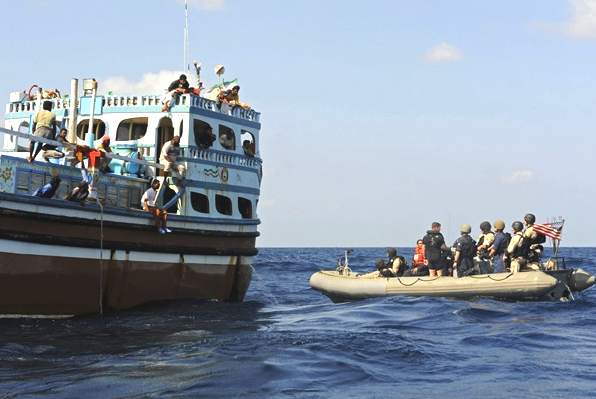
Many
skippers take to sea in ships that are unsafe - US Navy here rescue a
stranded Iranian ship
SOLAS ORIGINS 1914
The International Convention for the Safety of Life at Sea (SOLAS) is an international maritime safety treaty. It ensures that ships flagged by signatory States comply with minimum safety standards in construction, equipment and operation. The SOLAS Convention
(in its successive forms) is generally regarded as the most important of all international treaties concerning the safety of merchant ships.
The first version of the treaty was passed in 1914 in response to the sinking of the RMS
Titanic. It prescribed numbers of lifeboats and other emergency equipment along with safety procedures, including continuous
radio
watches that would be better carried out autonomously.
Newer versions were adopted in 1929 and 1948 and as seen below.
1960 VERSION
The 1960 Convention — which was activated on 26 May 1965 — was the first major achievement for International Maritime Organization
(IMO) after its creation. The 1960 version represented a massive advance in updating commercial shipping regulations and in staying up-to-date with new technology and procedures in the industry.
Staying up-to-date is the key to progression.
1974 VERSION
The intention had been to keep the Convention up to date by periodic amendments, but the procedure to incorporate the amendments proved to be very slow: it could take several years for the amendments to be put into action since countries had to give notice of acceptance to
IMO and there was a minimum threshold of countries and tonnage.
As a result, a complete new convention was adopted in 1974 which includes all the agreements and acceptant procedures. Even though the Convention was updated and amended numerous times, the Convention in force today is sometimes referred to as SOLAS, 1974.
The 1974 version simplified the process for amending the treaty. A number of amendments have been adopted since. The latest Convention in 1974 included the "tacit acceptance" procedure whereby amendments enter into force by default unless nations file objections that meet a certain number or tonnage.
In 1975 the assembly of the IMO decided that the 1974 convention should in future use SI units only.
1988 VERSION
In particular, amendments in 1988 based on amendments of International Radio Regulations in 1987 replaced Morse code with the Global Maritime Distress Safety System (GMDSS) and came into force beginning 1 February 1992. An idea of the range of issues covered by the treaty can be gained from the list of sections (below).
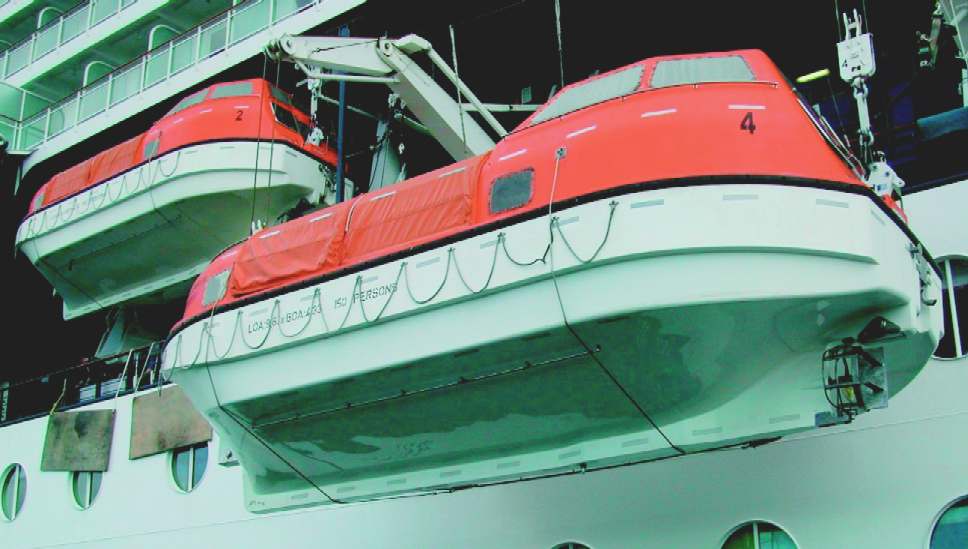
LATER AMENDMENTS
The up-to-date list of amendments to SOLAS is maintained by the IMO. As of April 2013, the most recent amendment dates from May 2011.
REGIONS OF INTERNATIONAL WATER
SOLAS divides international waters into regions; see the map provided by the IMO ocean atlas. Also, see the status of these regions along with technical descriptions. Also, see a list of SAR topics.
SECTIONS OF THE TREATY
The International Convention for the Safety of Life at Sea (SOLAS), 1974, requires flag States to ensure that their ships comply with minimum safety standards in construction, equipment and operation. It includes articles setting out general obligations, etcetera, followed by an annex divided into twelve
chapters. Of these, chapter five (often called 'SOLAS V') is the only one that applies to all vessels on the sea, including private yachts and small craft on local trips as well as to commercial vessels on international passages. Many countries have turned these international requirements into national laws so that anybody on the sea who is in breach of SOLAS V requirements may find themselves subject to legal proceedings.
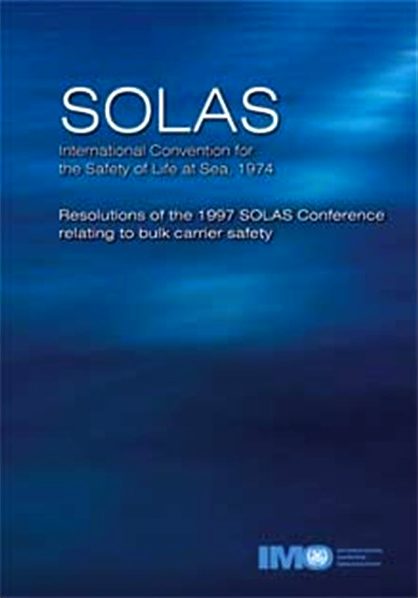
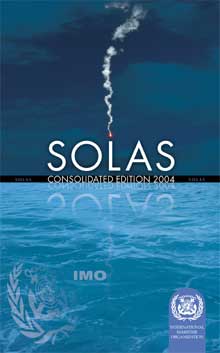
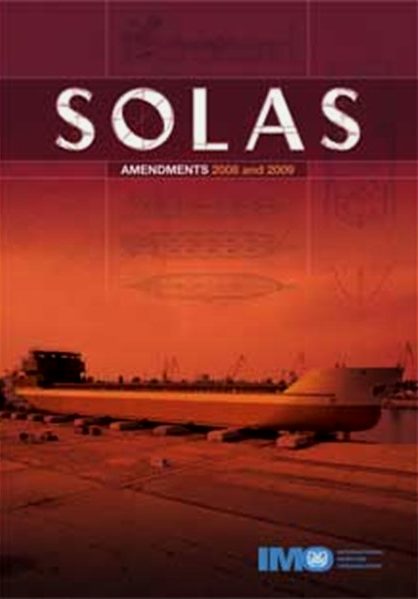
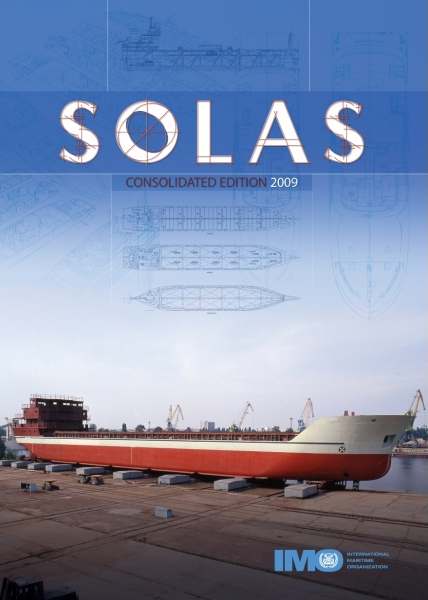
Chapter I – General Provisions
Surveying the various types of ships and certifying that they meet the requirements of the convention.
Chapter II-1 – Construction – Subdivision and stability, machinery and electrical installations
The subdivision of passenger ships into watertight compartments so that after damage to its hull, a vessel will remain afloat and stable.
Chapter II-2 – Fire protection, fire detection and fire extinction
Fire safety provisions for all ships with detailed measures for passenger ships, cargo ships and tankers.
Chapter III – Life-saving appliances and arrangements
Life-saving appliances and arrangements, including requirements for life boats, rescue boats and life jackets according to type of ship.
Chapter IV – Radiocommunications
The Global Maritime Distress Safety System (GMDSS) requires passenger and cargo ships on international voyages to carry
radio equipment, including satellite Emergency Position Indicating Radio Beacons (EPIRBs) and Search and Rescue Transponders (SARTs).
Chapter V – Safety of navigation
This chapter requires governments to ensure that all vessels are sufficiently and efficiently manned from a safety point of view. It places requirements on all vessels regarding voyage and passage planning, expecting a careful assessment of any proposed voyages by all who put to sea. Every mariner must take account of all potential dangers to
navigation, weather forecasts, tidal predictions, the competence of the crew, and all other relevant factors.
It also adds an obligation for all vessels' masters to offer assistance to those in distress and controls the use of lifesaving signals with specific requirements regarding danger and distress messages. It is different to the other chapters, which apply to certain classes of commercial shipping, in that these requirements apply to all vessels and their crews, including
yachts and private craft, on all voyages and trips including local ones.
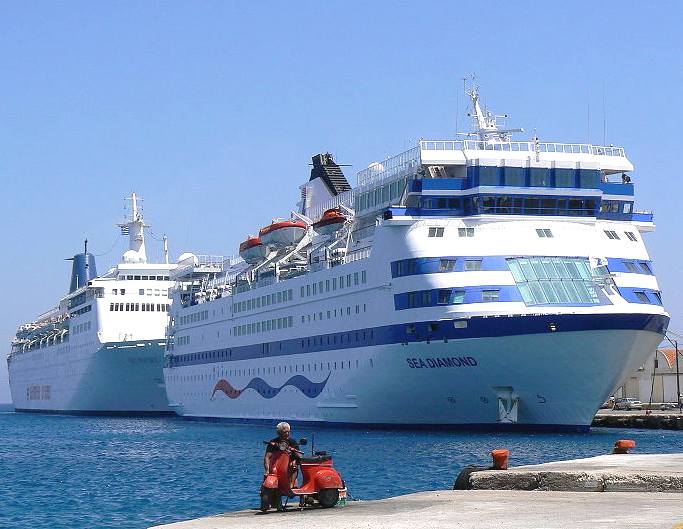
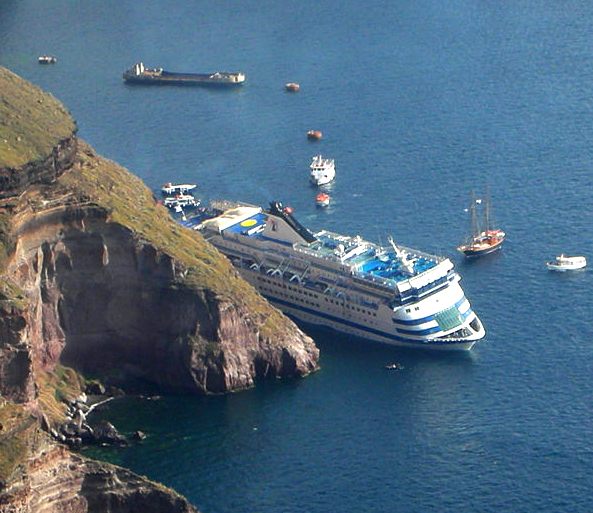
On April 5, 2007, at around 16:00 EEST (13:00 UTC) the
Sea Diamond ran aground on a well-marked volcanic reef east of Nea Kameni, within the caldera of the Greek island of
Santorini. She began taking on water and listed up to 12 degrees to starboard.
The large amount of water taken on board led to the ship sinking shortly before 7:00 EEST on April 6, 2007, only a few hundred meters from the shore.
The ship completely inverted before settling stern first onto the sea
floor, leaving two passengers missing - presumed dead.
Chapter VI – Carriage of Cargoes
Requirements for the stowage and securing of all types of cargo and cargo containers except liquids and gases in bulk.
Chapter VII – Carriage of dangerous goods
Requires the carriage of all kinds of dangerous goods to be in compliance with the International Maritime Dangerous Goods Code (IMDG Code).
Chapter VIII – Nuclear ships
Nuclear powered ships are required, particularly concerning radiation hazards, to conform to the Code of Safety for
Nuclear Merchant Ships.
Chapter IX – Management for the Safe Operation of Ships
Requires every shipowner and any person or company that has assumed responsibility for a ship to comply with the International Safety Management Code (ISM).
Chapter X – Safety measures for high-speed craft
Makes mandatory the International Code of Safety for High-Speed Craft (HSC Code).
Chapter XI-1 – Special measures to enhance maritime safety
Requirements relating to organisations responsible for carrying out surveys and inspections, enhanced surveys, the ship identification number scheme, and operational requirements.
Chapter XI-2 – Special measures to enhance maritime security
Includes the International Ship and Port Facility Security Code (ISPS Code). Confirms that the role of the Master in maintaining the security of the ship is not, and cannot be, constrained by the Company, the charterer or any other person. Port facilities must carry out security assessments and develop, implement and review port facility security plans. Controls the delay, detention, restriction, or expulsion of a ship from a port. Requires that ships must have a ship security alert system, as well as detailing other measures and requirements.
Chapter XII – Additional safety measures for bulk carriers
Specific structural requirements for bulk carriers over 150 metres in length.
SIGNATORIES
The SOLAS Convention has 159 contracting States, which flag about 99 per cent of merchant ships around the world in terms of gross tonnage.
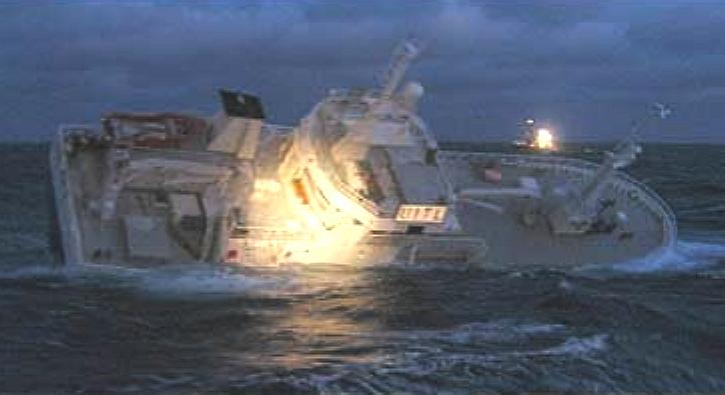
A
Russian trawler sinks off the coast of Norway
The RNLI's Sea Safety Liason Working Group.
BMIF
British Marine Industries Federation
Meadlake Place, Thorpe Lea Road
Egham, Surrey TW20 8HE
Tel: 01784 473377
COASTGUARD
The Coastguard Agency
Spring Place, 105 Commercial Road,
Southampton, Hampshire SO15 1EG
Tel: 01703 329100
MSA
Marine Safety Agency
Spring Place 105 Commercial Road
Southampton Hampshire SO15 1EG
Tel: 01703 329100
RLSS
The Royal Life Saving Society UK
Mountbatten House
Studley Warwickshire
B80 7NN
Tel: 01527 853943
Registered Charity No. 279782
RNLI
Royal National Lifeboat Institution
West Quay Road
Poole, Dorset
BH151HZ
Tel: 01202 663000
Registered Charity No. 209603
RYA
Royal Yachting Association
RYA House,
Romsey Road, Eastleigh,
Hampshire SO15 4YA
Tel: 01703 629962
All
SNAV collaborative Research enquiries should be directed to:-
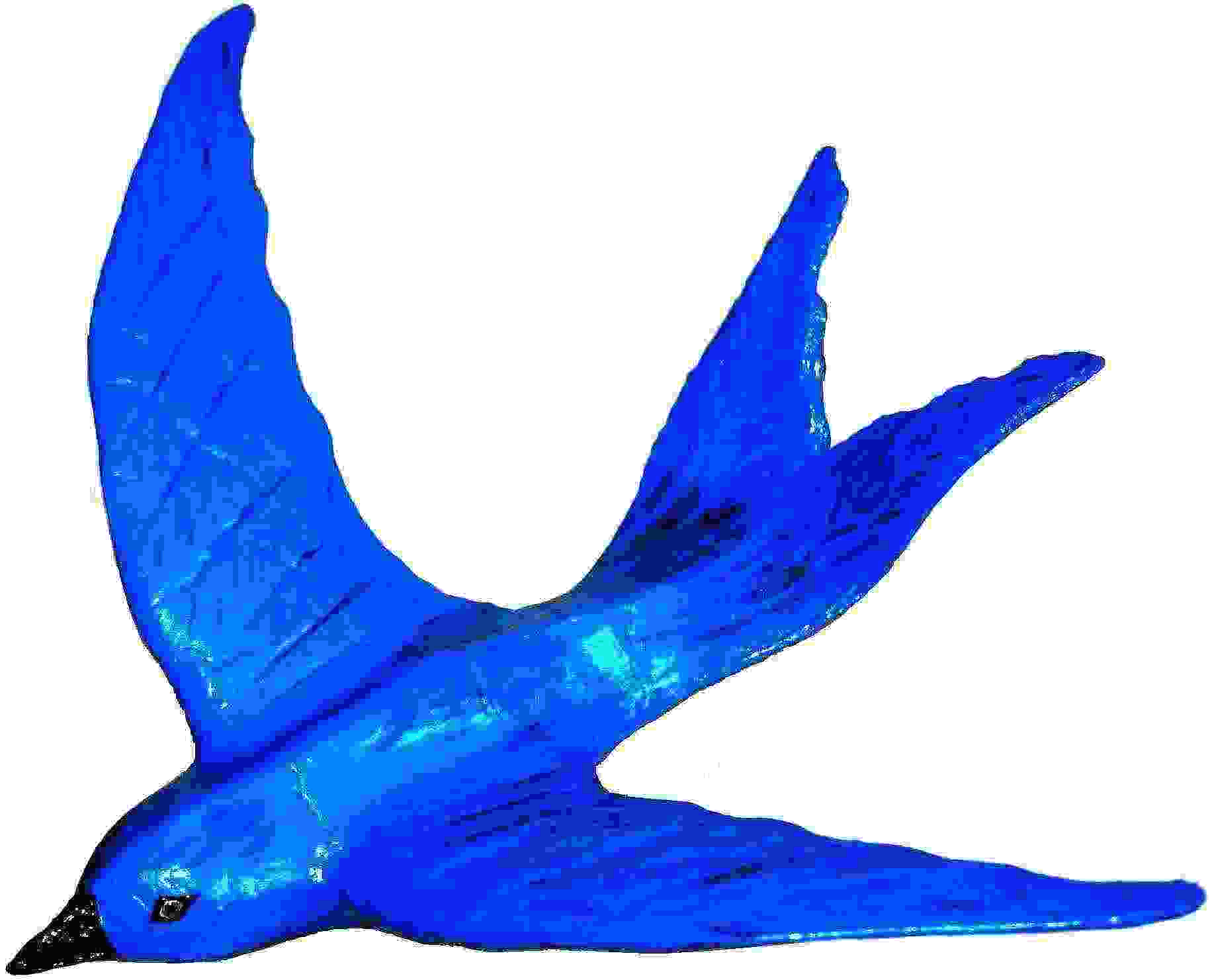
Product
Development Manager
BLUEBIRD
MARINE SYSTEMS LTD
Solar
House, Herstmonceux
BN27
1RF, United Kingdom
Email:
Contact: 
LINKS
& REFERENCE
SOLAS'1974
http://en.wikipedia.org/wiki/International_Convention_for_the_Safety_of_Life_at_Sea
December
2000 amendments
Types
of Automatic Identification Systems". U.S. Coast Guard Navigation
Center.
Maritime
Navigation and Radiocommunication Equipment and Systems IEC.
Tron
AIS-SART - AIS-SART / Radar SART JOTRON.
http://www.cmlmicro.com/Press/briefs/index.asp?/Press/briefs/ais.htm
Circular
289: Guidance On the Use of AIS Application-Specific Messages
Establishing
an IALA AIS Binary Message Register: Recommended Process IALA
Conference
AIS
Application Specific Messags IALA-AISM.
EMC
Analysis of Universal Automatic Identification and Public Correspondence
Systems in the Maritime VHF Band
Vessel
Tracker Community.
Maritime
security – AIS ship data 79th session: 1–10 December 2004.
IMO Maritime Safety Committee.
Atlantis
leaves Columbus with a radio eye on Earth’s sea traffic ESA. 4
December 2009.
LUXSPACE
Sarl - LuxSpace successfully launches AIS satellite on PSLV LuxSpace.
ESA
satellite receiver brings worldwide sea traffic tracking within
reach". Euro Space Agency. 23 April 2009
News
Room - SpaceQuest, Ltd
SpaceQuest
receiving AIS SART messages from orbit". Kurt Schwehr. 29 April
2010
Successful
launch of Norwegian satellite The Norwegian Space Centre
http://www.nordicspace.net/PDF/NSA239.pdf
Technical
characteristics for AIS time division multiple access VHF maritime
band (Recommendation ITU-R M.1371-4)
AIS
Messages U.S. Coast Guard Navigation Center.
US
patent 5506587, Lans, Håkan, "Position indicating system", 1996-04-09,
GP&C Systems International AB
USPTO
ex-parte reexamination
certificate (7428th), issued on March 30, 2010
AIS
Advice
AIVDM.txt
AIS
references
Commissioners
of Irish Lights Oct-11 - AIS Home page
IMO
AIS transponders information Oct-11
Further
AIS, VTS and VTMIS information
US
Coast Guard Automatic Identification System Overview Mar-13
http://www.safetyatsea.net/ http://www.sailinks.co.uk/safety/ http://cqcounter.com/site/solarnavigator.net.html http://www.solarnavigator.net
|
